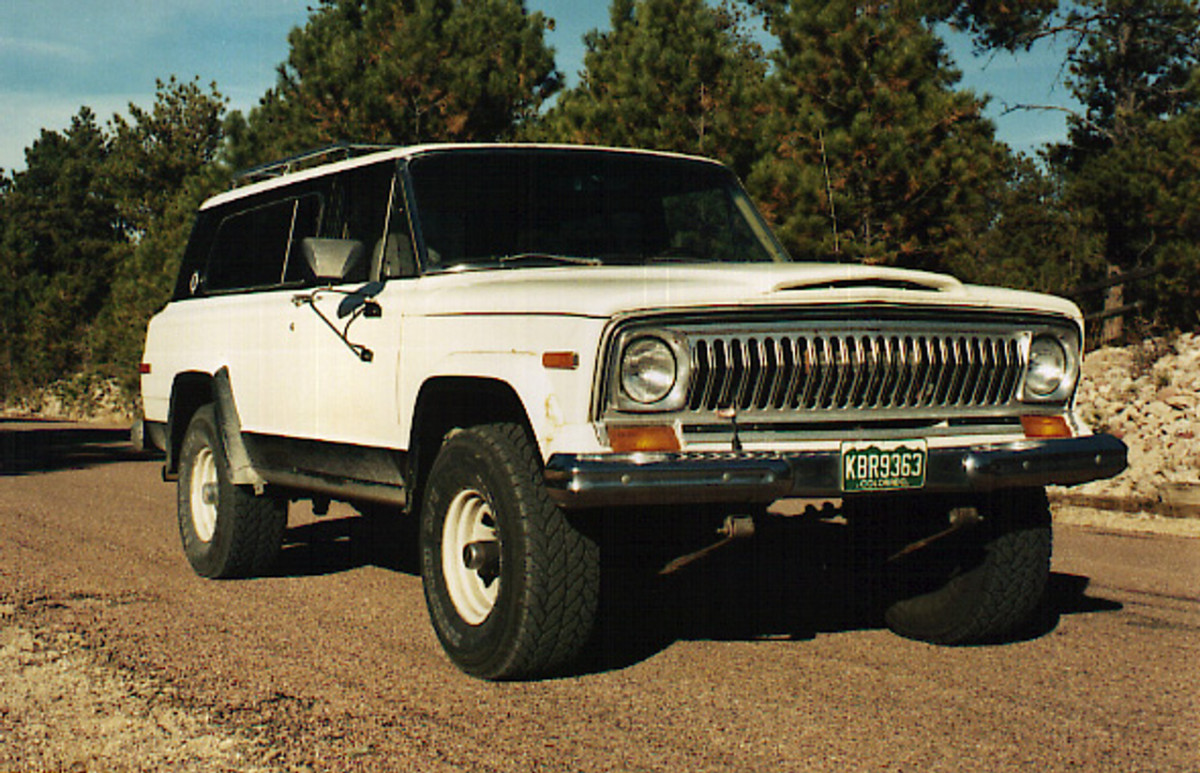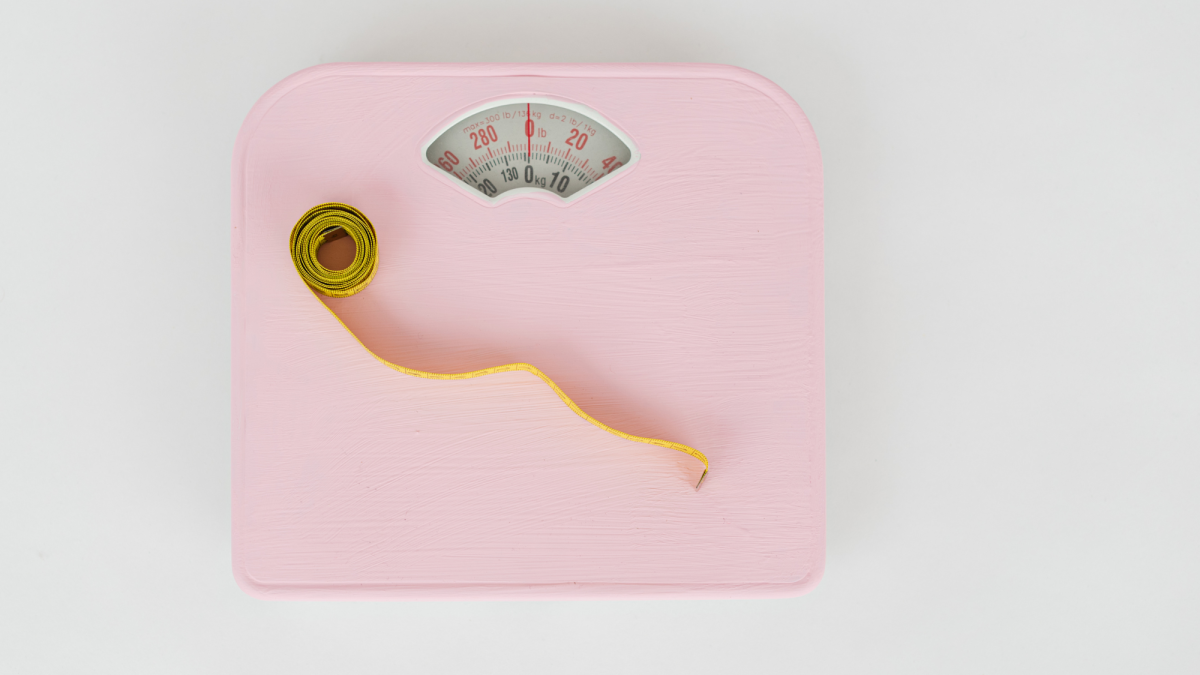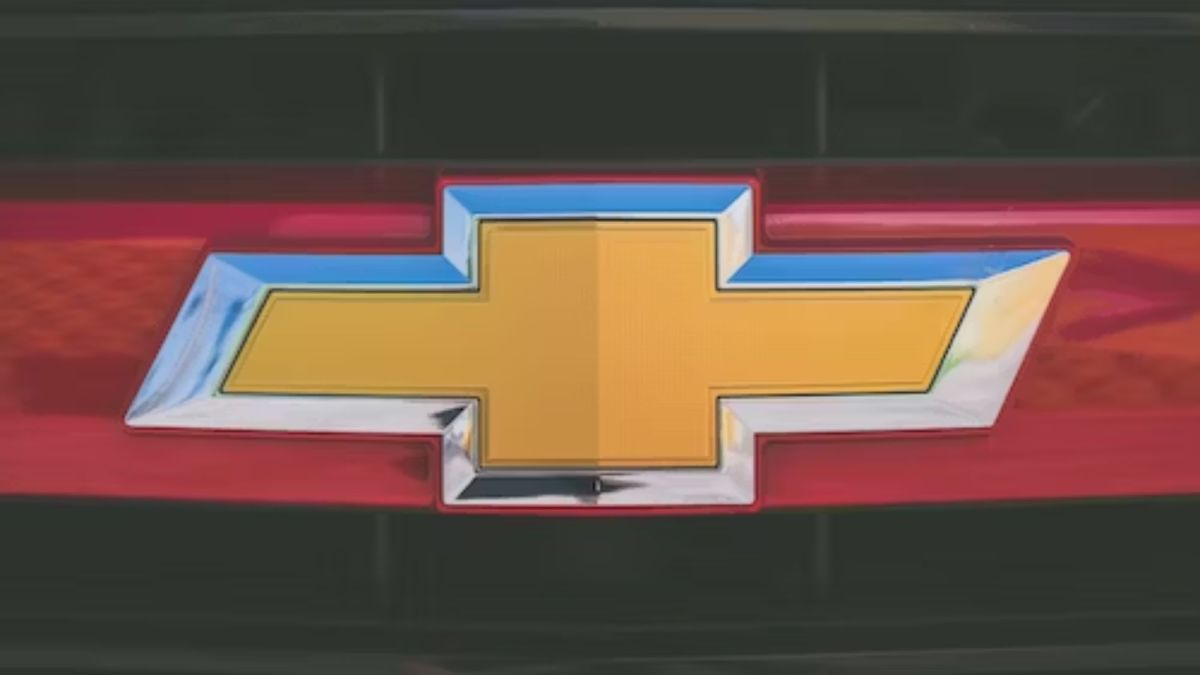How To Buy a Small or Compact Utility Tractor
If you own any land at all, chances are you have considered buying a Compact Utility Tractor (CUT). These little tractors do it all, and are a great alternative to a full size farm tractor for the small acreage homeowner. However, buying the right Compact Utility Tractor can be a tricky proposition. If you over buy, you risk having a tractor that can't get into the tight spaces around your property and that won't fit in your garage. Conversely, if you under buy, you risk owning a tractor that can't run the tiller you need for your garden. This buying guide will help you determine which Compact Utility Tractor is right for you, and will give you some pointers to owning and servicing your CUT after you buy it. So pull on your work boots and let's look at some of the finer points to buying a compact tractor.
The Basics
If you have looked at the CUT market, you know that there are a plethora of choices out there. And it can be really confusing to compare products across the spectrum of vendors, sizes, and options. So here are a few of the most critical requirements that you want to consider when thinking about your CUT purchase.
#1 - PTO Horsepower: Any farm tractor, large or small, is purchased primarily to run power implements such as tillers, mowers, augers, seeders, bush hogs, etc. If you only want a tractor to push snow, consider buying a truck with a plow, or one of the new utility 4-wheelers. It's a waste of money to invest in a CUT just for pushing power because much of the cost in a CUT is in the transmission, which is specifically designed to run the Power Take Off or PTO. This is the drive shaft that connects the tractor to the implements that it powers. So when you are looking at tractors, the first thing to look at is the PTO horsepower rating. This is different, and usually lower, than the engine horsepower rating. For instance, my first Kubota CUT had 25 horsepower at the engine, but only 18 at the rear PTO. As a result, it could easily run my 48 inch bush hog, but couldn't handle a PTO powered chipper/shredder because they require about 30 horsepower at the PTO. So before you look at tractors, look at the implements that you want to run with your tractor and see how many PTO horsepower they require. This bit of information could keep you from making a serious mistake in your CUT purchase.
#2 - Width: Believe it or not, this is biggest mistake most folks make when buying a tractor. They either get a tractor that is too narrow to pull the implements that they want to pull, or they buy a tractor so wide that it can't till the garden effectively. As a rule of thumb, the tractor should be as wide as the implements it pulls. So if you aim to pull a 48-inch mower, you need a 48-inch rear wheel width on your tractor. This is particularly important if you are pulling any finishing equipment, because if the tractor is wider than the equipment, it will leave wheel marks in your finished soil or gravel. Also consider whether you want to drive your tractor through the woods. I used to have a 48-inch wide tractor that would easily navigate my woods, but my new 72-inch tractor just won't. It is too wide and too long to zig-zag between the trees. Lesson learned.
#3 - Transmisson Type: Most dealers are going to try to sell you the hydrostatic (fully automatic) transmission. And it might be a great idea if your work requires you to change from forward to reverse a lot. However, if you primarily plan to mow a big field with your new CUT, you might consider an Auto Shuttle Shift. It will let you go from forward to reverse without the clutch, but is less expensive than a hydrostatic transmission. You can also get a manual transmission and they work fine also and are even cheaper. The first CUT I ever drove was fully manual. It wasn't as slick as my hydrostatic Kubota, or even my current shuttle shift Kioti, but it did the trick. The point is, don't pay for a transmission that you don't need. As I said, it is the single biggest cost on most tractors.
NOTE: Some people have asked me why I don't discuss four wheel drive vs. two wheel drive in this article. I guess I overlooked it because it goes without saying that you should buy four wheel drive. There is no reason not to. You can always put the transmission into two wheel drive mode if you like. But you can't put a rear wheel drive only tractor into four wheel drive. And believe me, there have been plenty of times when four wheel drive was the difference between my tractor doing a job, and not doing it. So, YES, BUY THE FOUR WHEEL DRIVE. Enough said.
Options, Options, Options
Once you have selected the general size and power for your new Compact Utility Tractor, the next thing on your agenda should be to pare down the options that you need to the bare essentials. The dealer is going to have a CUT in your horsepower range that is loaded with options, and it could easily be your next mortgage payment. But you probably don't need all that stuff, so think about each option individually and try to focus on the things that are really important.
Front End Loader - Frankly, I wouldn't own a Compact tractor without a FEL. My first Kubota came without a FEL and I used it like that for a year. But then I had the FEL added on by the dealer, which cost more than if I had bought it with the tractor new. Having said that, it was still worth it. I use my FEL almost every weekend. I told my wife jokingly that its my twenty thousand dollar wheelbarrow. I carry firewood, soil, mulch, toys, tools, and everything else you can think of. It pushes snow. It pops small stumps out of the ground. It even holds water to take to the remote corners of my property for my new apple tree seedlings. Price your new CUT with the FEL included. Trust me.
Tires - The tires you buy on your Compact will make a huge difference in how much you enjoy using it. There are basically three types of tires you can buy on a CUT. The most basic, and cheapest, is the Ag tire. This is the classic farm tractor tire. It is narrow, tall, and has an aggressive tread. It will also tear your lawn up every time you make a turn. Ag tires are only suitable for field work. I don't recommend them unless you only plan to farm with your CUT. The next type of tire is called a turf tire. This is the type of tire that is on your little riding mower. This tire is low, wide, and has a tread pattern akin to an automobile tire. It is easy on the lawn, but has zero grip in mud or on steep terrain. Only buy turf tires if you have relatively flat land, or plan on mainly mowing grass. My favorite tire is called the R4. It is a cross between an Ag tire and a turf tire. It is wide, tall, and has a tread pattern that is Ag-like, but not as aggressive. This tire is well suited to grass, muddy fields, snow, and ice. No matter which tire you buy, have it filled with fluid. This will provide extra traction, and will allow you to put a bigger load in your FEL, because the weight in the tires will act to hold the rear end of the tractor down a little more.
Things That Fall Off or Rust - If you plan to actually USE your Compact Utility Tractor, as opposed to buying it as a tax write off for your hobby farm, try not to buy baubles and bolt-ons that will ultimately just break. For instance, work lights are great if they are high up and protected. If they are low or hanging off of a fender, you are going to catch them on a branch and tear them off. Avoid hubcaps, plastic chrome pieces, and any extra sheet metal. if you are going to buy a cab, buy one made of metal and glass, not canvas and plastic. The canvas will rip and the plastic will turn yellow within two years.
The Buying Experience
The hardest thing about buying a Compact Utility Tractor, I think, is writing the check. It's a big investment and you want to make sure that you are going to get value out of your money for a long time. So before you buy, be sure you do these things first.
1) Find a great dealer - I LOVE my Kioti dealer, J.A. Lavoie, in Ashland, VA (and I don't get paid anything for saying that). They have come out to my house on a Saturday to look at a problem on my tractor. They have given me advice on the phone. They have more than once loaded my tractor up, taken to their shop, fixed it, and brought it back at no charge. In short, they are everything you want in a dealer. You should ask around and find a dealer like this. If you are going to use your CUT every weekend, you are going to need a good dealer, because you ARE going to break the equipment.
2) Test Drive - Sitting on a tractor in the showroom isn't enough. Drive it around the lot. Check out the gearing and the PTO. See how tight it will turn, in reverse. Put it into four wheel drive, then back into two wheel drive to see how easily the transfer case shifts. Raise the FEL to full height and dump it. See if it will clear the side of your pickup truck to load yard trash.
3) Get A Deal - If you can afford it, buy your implements and your tractor together. This will let the dealer match your implements to your tractor, and will get you a better price if you are willing to negotiate for the package deal. Dealers don't have a lot of wiggle room on the tractor itself (other than manufacturer incentives like free FELs), but they often have room to mark down a package deal on implements, especially toward the end of the season in late autumn and early winter.
After Your Purchase
When your dealer delivers your tractor, make sure they walk you through every aspect of using the tractor. They should spend a couple of hours with you, helping you hook up implements and showing you the safest way to use the tractor on your land.
Start a maintenance log right away, and record every oil change, warranty part, and service stop in it. Read your owner's manual and keep up with the recommended service plan for your filters and fluids. The quickest way to destroy a tractor is to let it run low on hydraulic fluid or engine oil. The second quickest way is to let the fluids get dirty or let the filters get clogged.
If you can, store your tractor in a garage, a shed, or a lean-to. Your tractor will look newer, longer and will require less maintenance. It will also bring top dollar when you decide to move up to the bigger tractor that you should have bought in the first place, which is what happened to me.
Finally, check your tractor often for wear and tear. Look for fluid leaks on the garage floor. Note any cuts in the tires, especially in the side walls. These could fail suddenly if you run over a sharp object like a stump. If a light goes out, replace it. Nothing is worse than having the winter sun go down on you and not having enough light to finish cleaning up your mess. In short, take care of that investment you made. If you do, you will have a long, happy relationship with your Compact Utility Tractor.
Helpful Links
- Welcome to Massey Ferguson - USA and Canada
A global brand with a global reputation, Massey Ferguson offers a full line including tractors from 15.5 290 hp (sub-compact tractor to high-horsepower tractor), implements, combine harvesters (conventional and rotary), hay and forage tools, materi - Home Page - Bobcat Company
- John Deere
- KIOTI - run ahead of the pack!
- Kubota Tractor Corporation
Kubota.com is the authorized web site for Kubota Tractor Corporation and offers Kubota product, dealer, parts, finance, merchandise, news, service and safety information for residents of the United States. Kubota Tractor Corporation, based in Torranc









